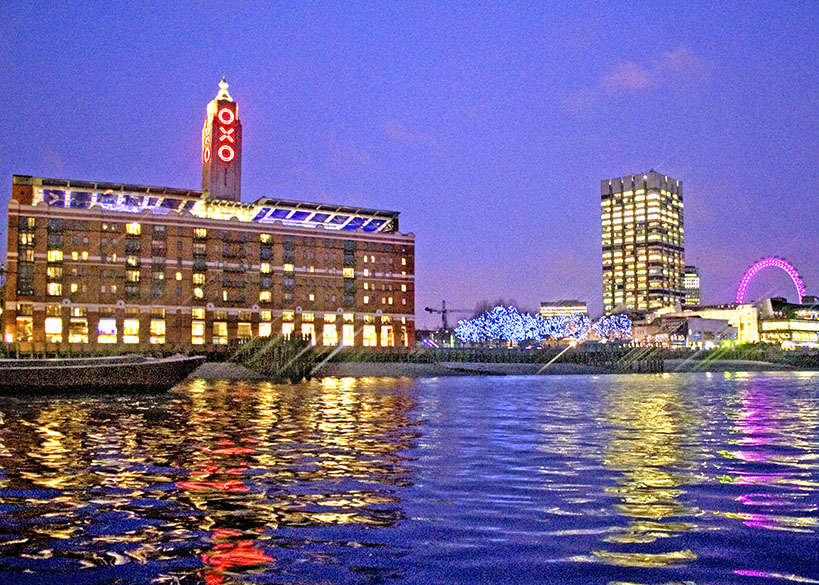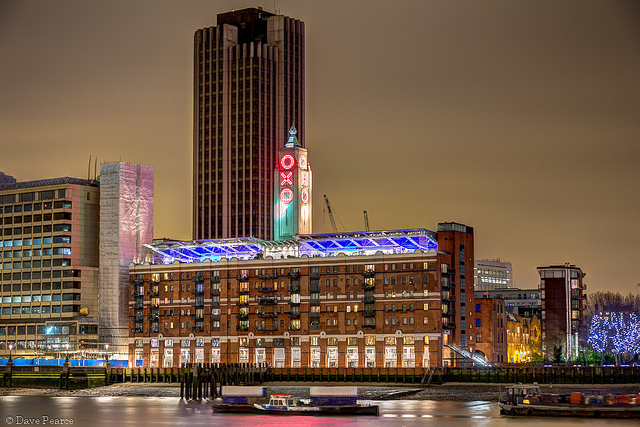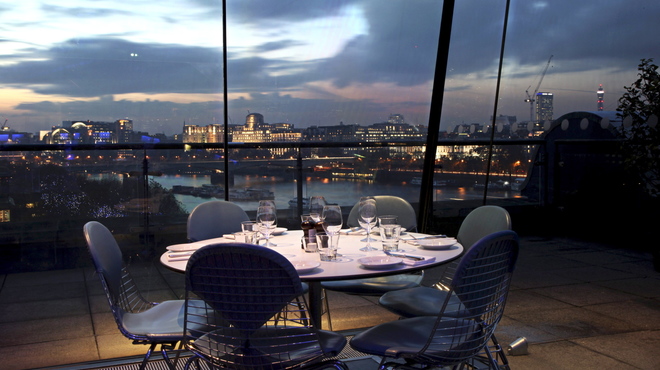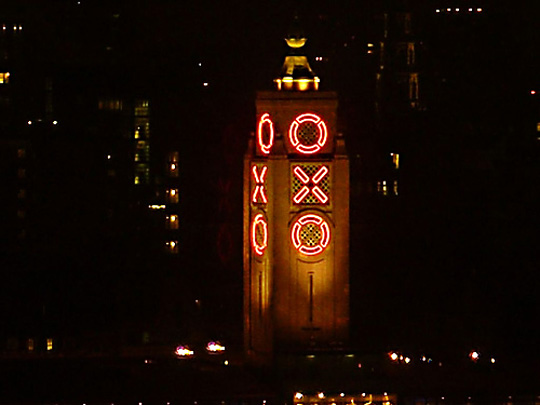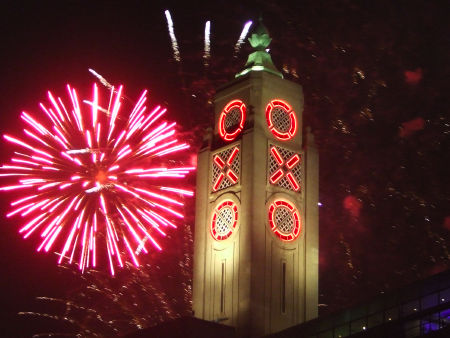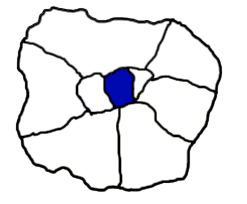
 PIN
Oxo Tower
PIN
Oxo Tower
Food, Art and stupendous views
The bar-restaurant complex is located at the appropriately named Oxo tower wharf, where a complex of art galleries and shops sell creative wares. The complex is marked by a tall, distinctive tower constructed in an eye-pleasing Art Deco style. Near the top of the Tower on the eighth floor is the Oxo Tower Restaurant and Brasserie.
The central tower acts as a natural focus dividing the space into two equal halves. To the East lies the restaurant (an elaborate menu is on offer in the evenings) and to the West the bar and brasserie (which serves food at lunch-time and in the evening). Both spaces are linked by a spectacular 250-foot terrace, which offers a genuinely breathtaking view.
The restaurant menu uses stylish and creative top quality ingredients, beautifully presented with an innovative twist. The Brasserie offers a fabulous menu in a vibrant atmosphere created by an open kitchen. Unique to the Brasserie is Not Afternoon Tea, an interesting concept to the traditional offering.
The Oxo Tower has an interesting history and one worth examining. The name — Oxo — is linked to the eponymous Oxo cube (a concentrate used to prepare meat stock) and the site was a former meat factory (before that, it was a power station, then it was acquired by the Liebig Extract of Meat Company.)
Diners can be assured of an immensely pleasurable experience enjoying food prepared and cooked to the highest quality, the staff are friendly and attentive and the atmosphere relaxing. Unless you are on an unlimited budget, visitors won`t be visiting day as the cost is high, but if you are looking for something special in an unhurried way, this is perfect.
History
Around 1900 ,a power station was built on the site of the Oxo Tower Wharf to supply electricity to the Post Office.
In the late 1920s it was purchased by the Liebig Extract of Meat Company, which demolished much of the building, but extended its riverside frontage – look carefully next time you visit and you will see where it bends.
The Company made the famous OXO beef cube and its architect, Albert Moore, incorporated the design as windows on a tower to get around a ban on skyline advertising!
At that time the building was named Stamford Wharf and was London’s second highest commercial building. Meat, delivered by barge was passed through loading bays (which you can still see on the riverside) into cold stores, then processed and packed.
By the early 1970s, the building was derelict apart from the production of ‘long eggs’ (devised to overcome hard-boiled eggs that yielded inconsistent amounts of yolk when sliced) for insertion into meat pies.
By the time Coin Street Community Builders bought the Wharf, the only activity related to two barges used as a floating helicopter port. The first act of the new owners was to close the heliport and bring peace back to the Riverside!
An initial contract resulted in a two-storey arcade as part of the construction of the Riverwalk. In 1988, a second contract demolished the middle of the building and part of the Bargehouse. In 1991, a third contract repaired the basic structure of the building. Only after this was any bank willing to lend money for the main refurbishment contract.
Tags
- Alcohol
- , Southwark
- , Food
- , Shopping
- , food and drink
- , The Southbank
- , The Striking South East
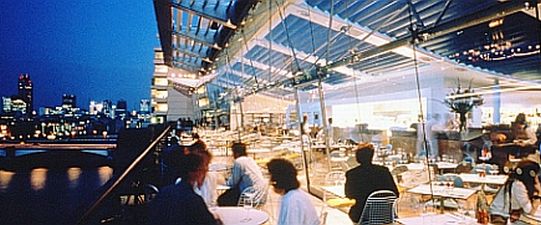


 Facebook
Facebook Twitter
Twitter Tumblr
Tumblr Google+
Google+ Pinterest
Pinterest LinkedIn
LinkedIn







